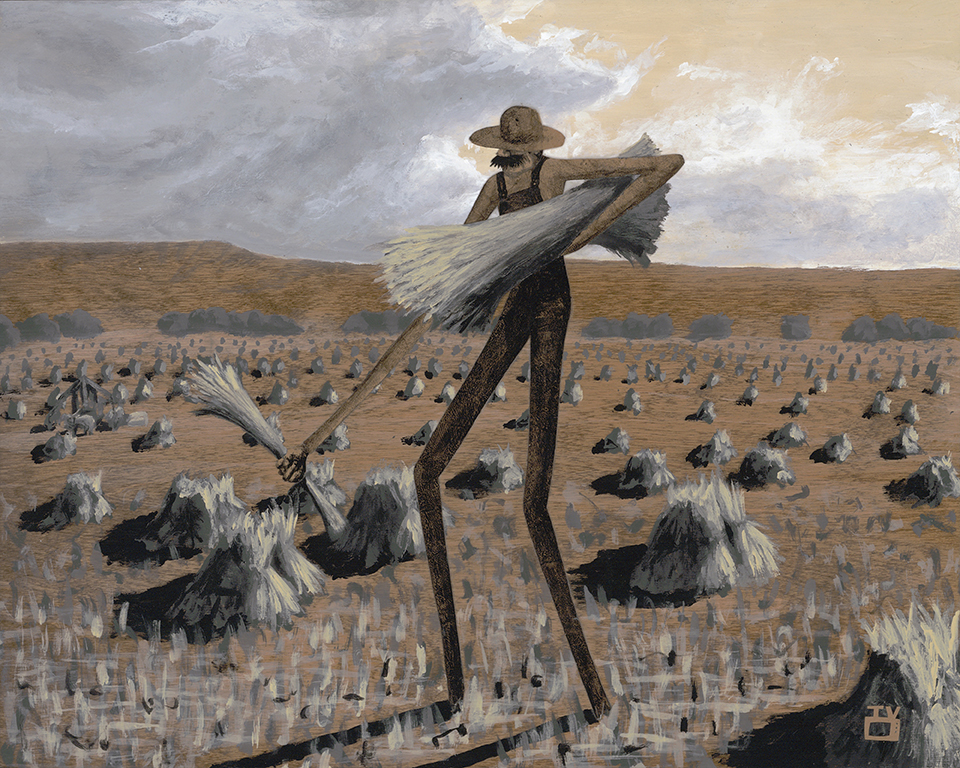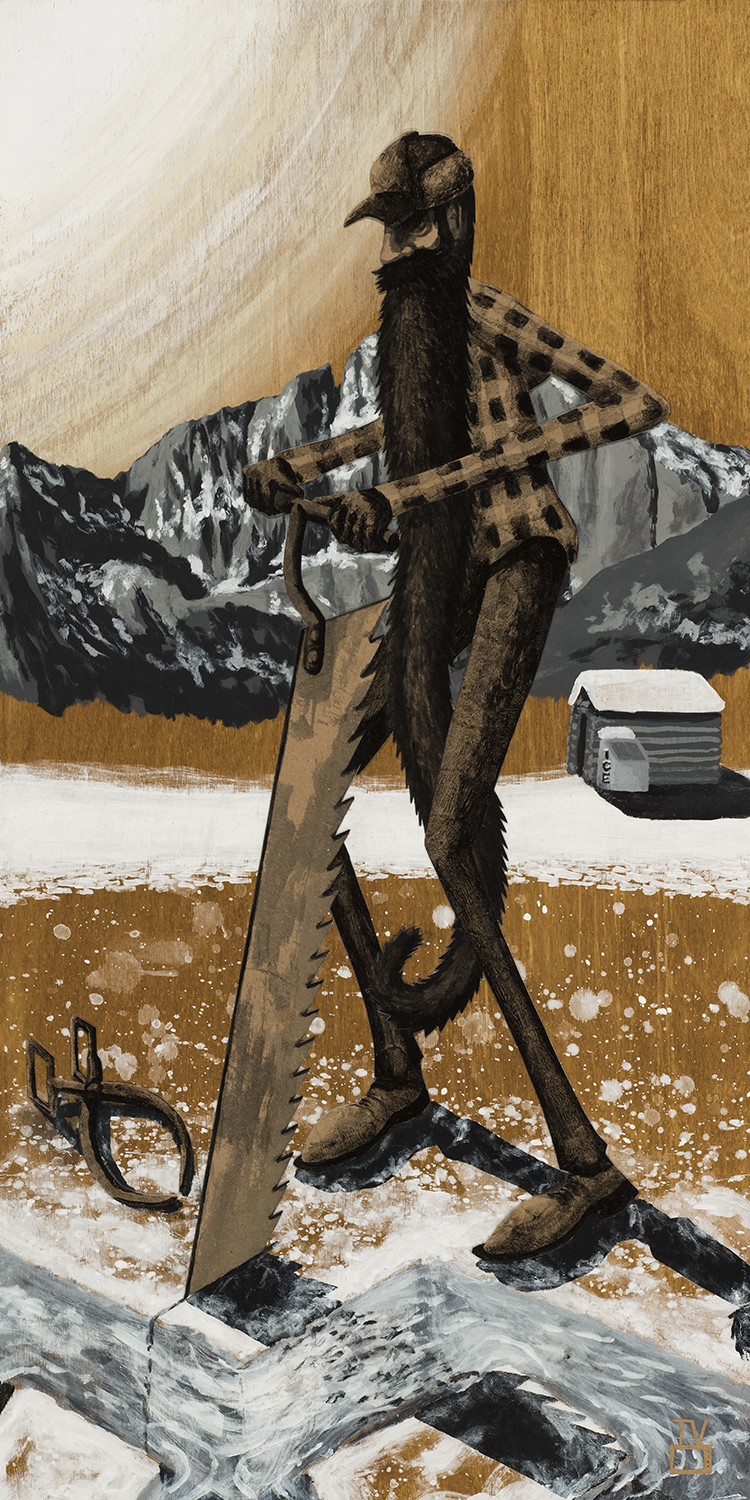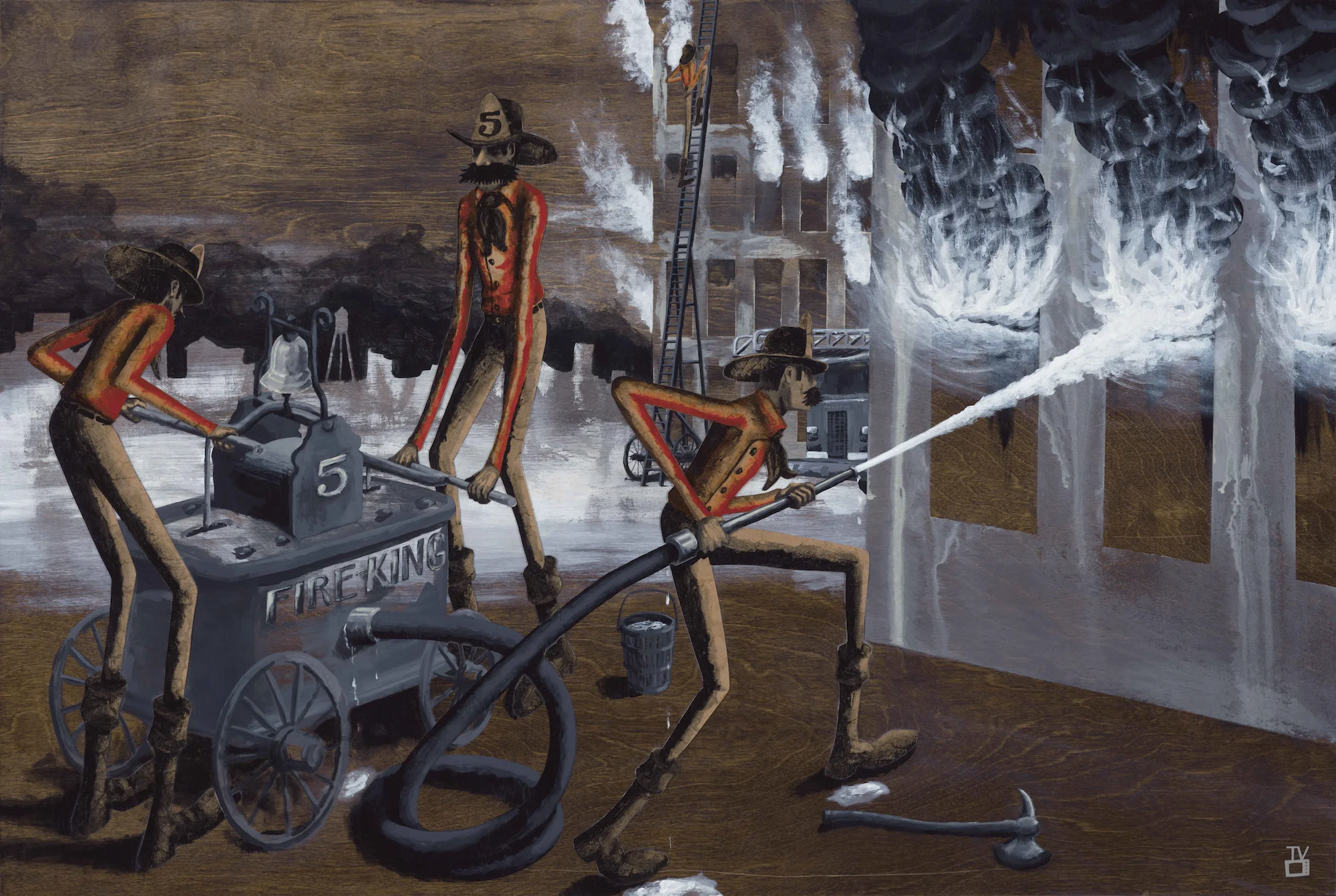




































16x20 inches
acrylic, watercolor paper, kraft paper on stained birch panel
Original SOLD

18x24 inches
acrylic, watercolor paper, kraft paper on stained birch panel
Original SOLD

16x20 inches
acrylic, watercolor paper, kraft paper on stained birch panel
Original SOLD

16x20 inches
acrylic, watercolor paper, kraft paper on stained birch panel
Original SOLD

12x16 inches
acrylic, watercolor paper, kraft paper on stained birch panel
Original SOLD

12x16 inches
acrylic, watercolor paper, kraft paper on stained birch panel
Original SOLD

12x12 inches
acrylic, watercolor paper, kraft paper on stained birch panel
Original SOLD

36x60 inches
acrylic, watercolor paper, kraft paper on stained birch panel
Original SOLD

12x16 inches
acrylic, watercolor paper, kraft paper on stained birch panel
Original SOLD

12x24 inches
acrylic, watercolor paper, kraft paper on stained birch panel
Original SOLD

24x36 inches
acrylic, watercolor paper, kraft paper on stained birch panel
Original SOLD

36x48 inches
acrylic, watercolor paper, kraft paper on stained birch panel
Original SOLD

18x24 inches
acrylic, watercolor paper, kraft paper on stained birch panel
Original SOLD

24x36 inches
acrylic, watercolor paper, kraft paper on stained birch panel
Original SOLD

6x24 inches
acrylic, watercolor paper, kraft paper on stained birch panel
Original SOLD

6x24 inches
acrylic, watercolor paper, kraft paper on stained birch panel
Original SOLD

6x24 inches
acrylic, watercolor paper, kraft paper on stained birch panel
Original SOLD

24x36 inches
acrylic, watercolor paper, kraft paper on stained birch panel
Original SOLD

16x20 inches
acrylic, watercolor paper, kraft paper on stained birch panel
Original SOLD

24x36 inches
acrylic, watercolor paper, kraft paper on stained birch panel
Original SOLD

18x24 inches
acrylic, watercolor paper, kraft paper on stained birch panel
Original SOLD

18x24 inches
acrylic, watercolor paper, kraft paper on stained birch panel
Orlginal SOLD

12x24 inches
acrylic, watercolor paper, kraft paper on stained birch panel
Original SOLD

30x60 inches
acrylic, watercolor paper, kraft paper on stained basswood panel
Original SOLD

60x30 inches
acrylic, watercolor paper, kraft paper on stained basswood panel
NOT FOR SALE

6x24 inches
acrylic, watercolor paper, kraft paper on stained maple panel
Original SOLD

6x24 inches
acrylic, watercolor paper, kraft paper on stained maple panel
Original SOLD

6x24 inches
acrylic, watercolor paper, kraft paper on stained birch panel
Original SOLD

36x48 inches
acrylic, watercolor paper, kraft paper on stained birch panel
Original SOLD

6x24 inches
acrylic, watercolor paper, kraft paper on stained maple panel
Original SOLD

24x36 inches
acrylic, watercolor paper, kraft paper on stained birch panel
Original SOLD

12x24 inches
acrylic, watercolor paper, kraft paper on stained birch panel
Original SOLD

36x24 inches
acrylic, watercolor paper, kraft paper on stained birch panel
Original SOLD
